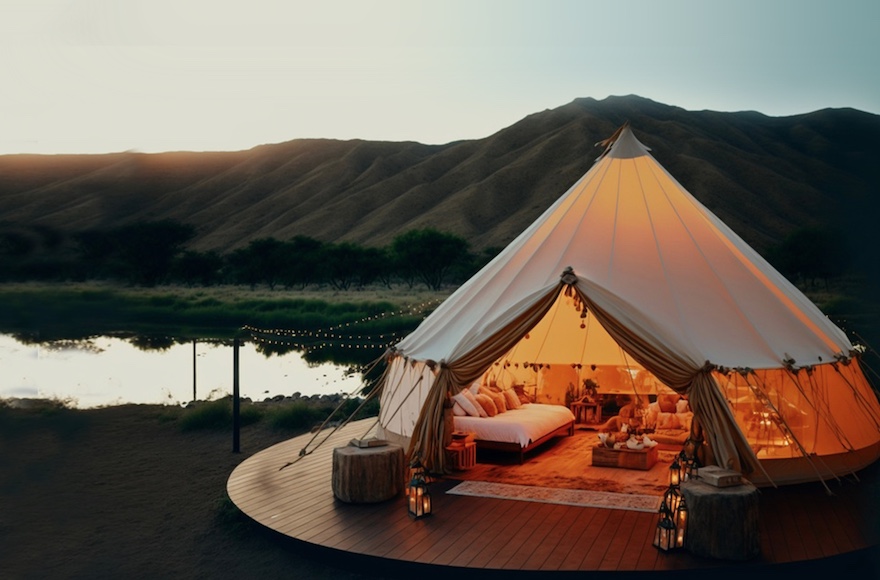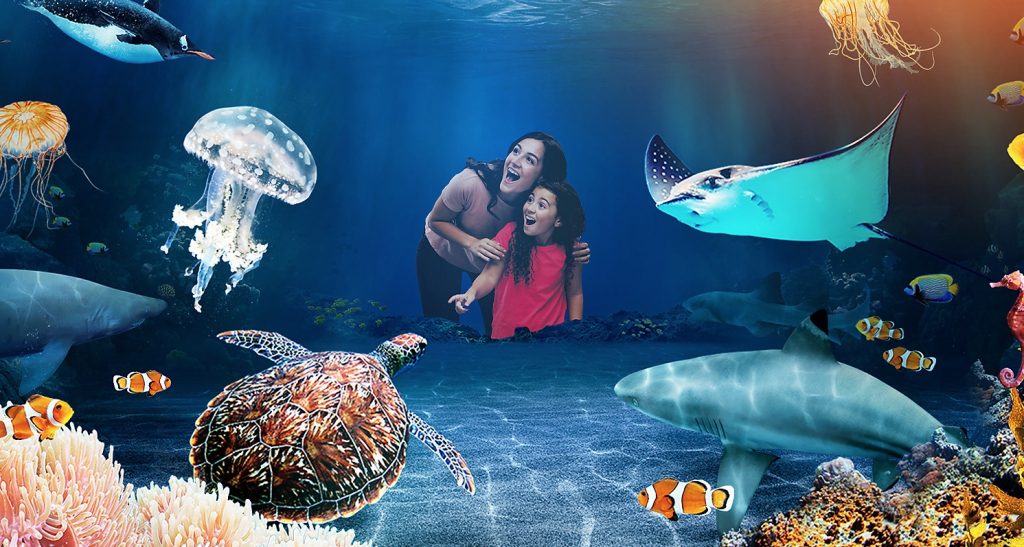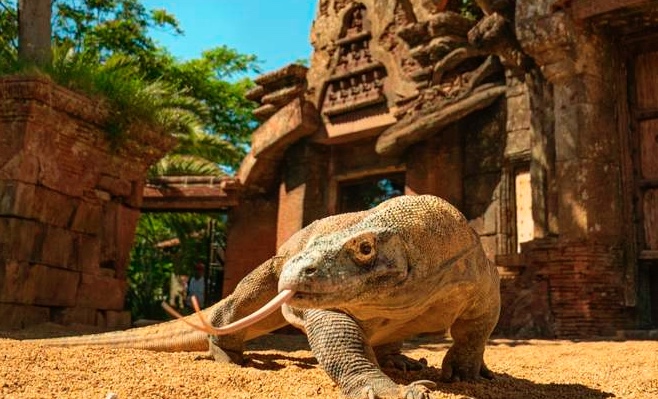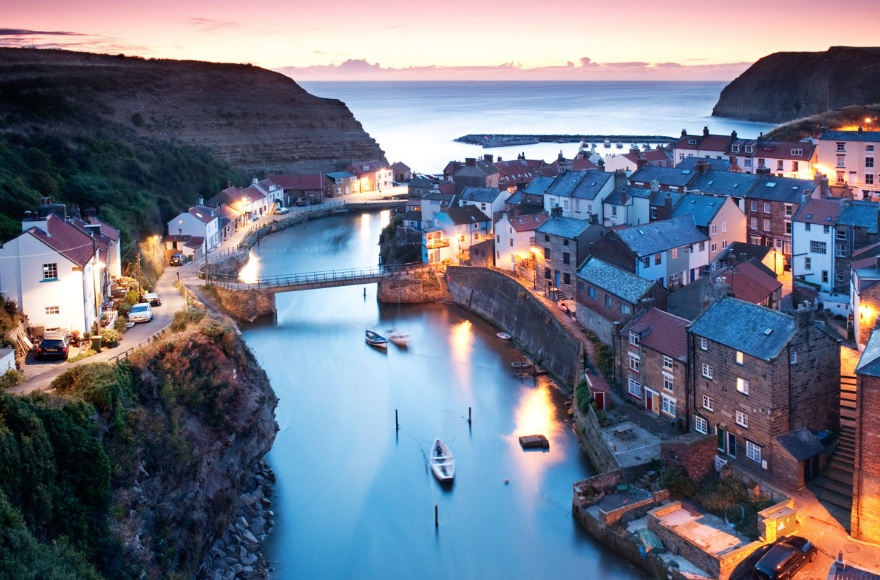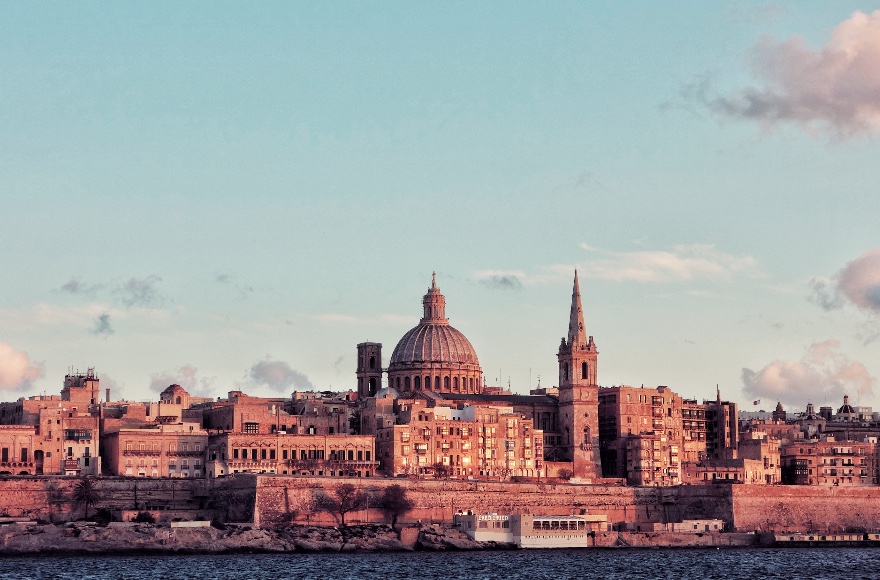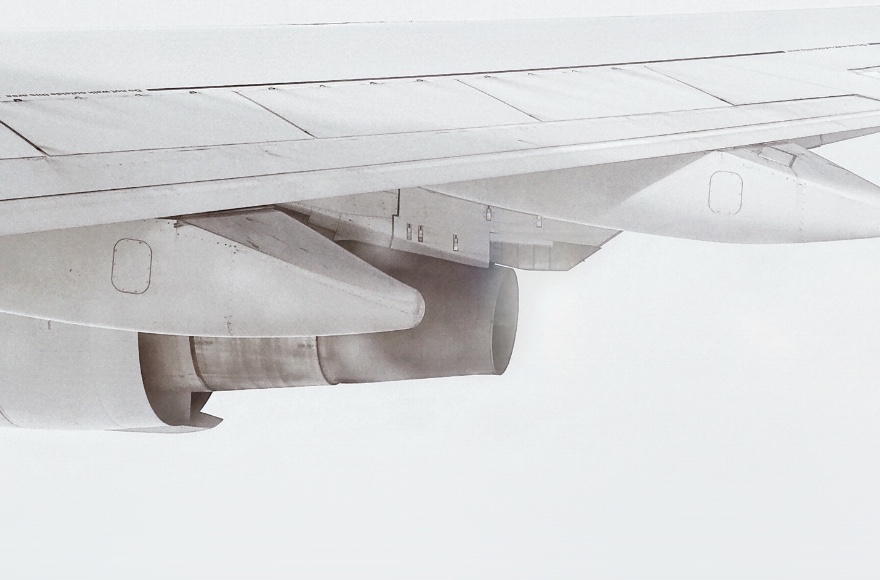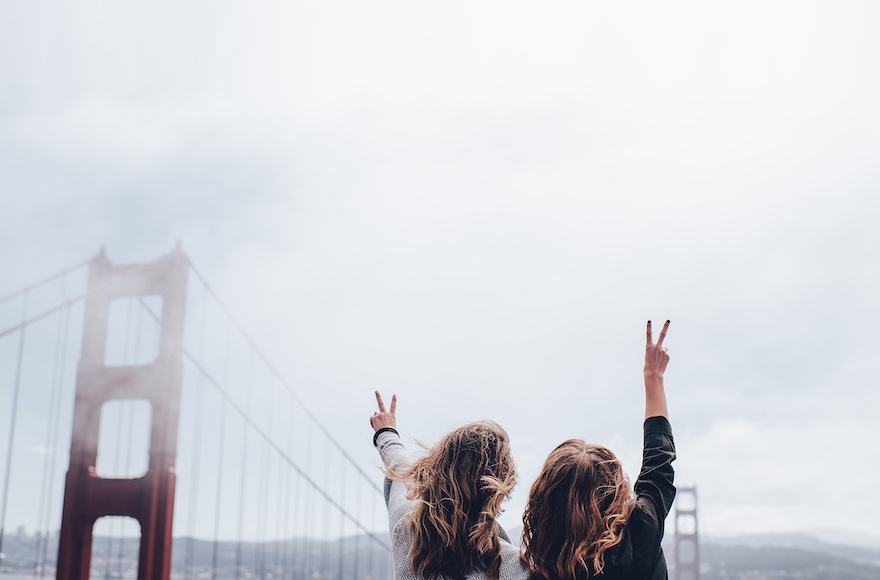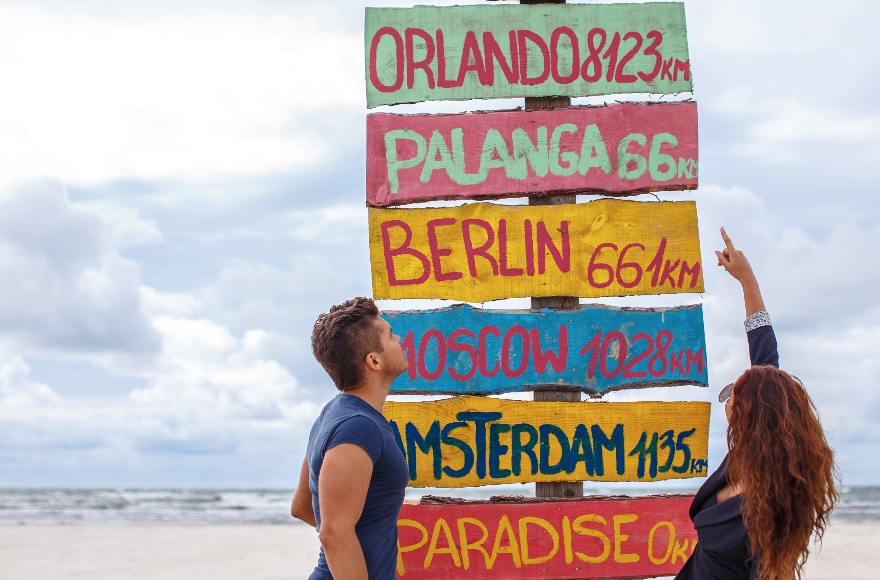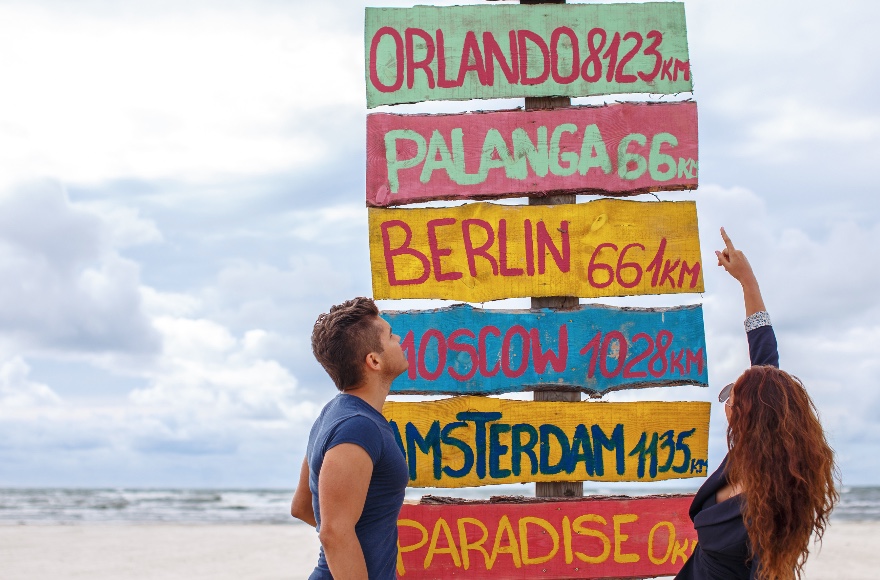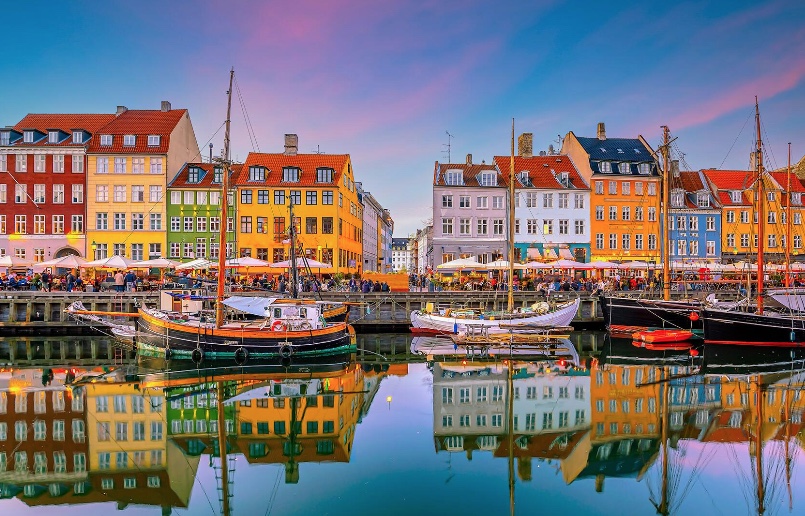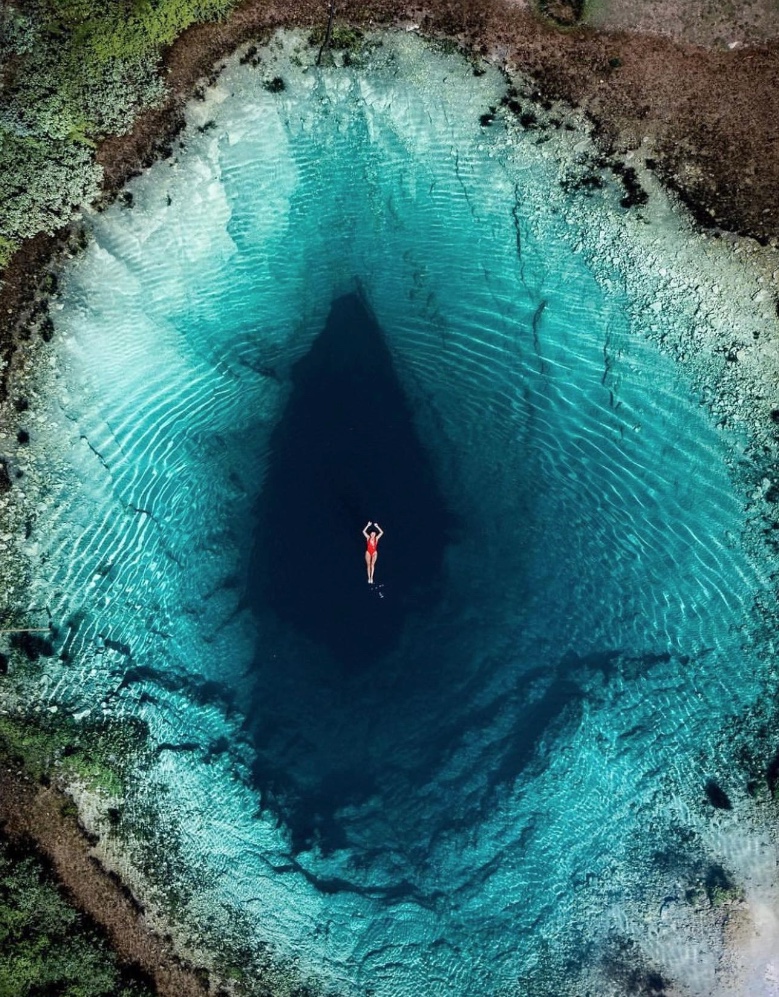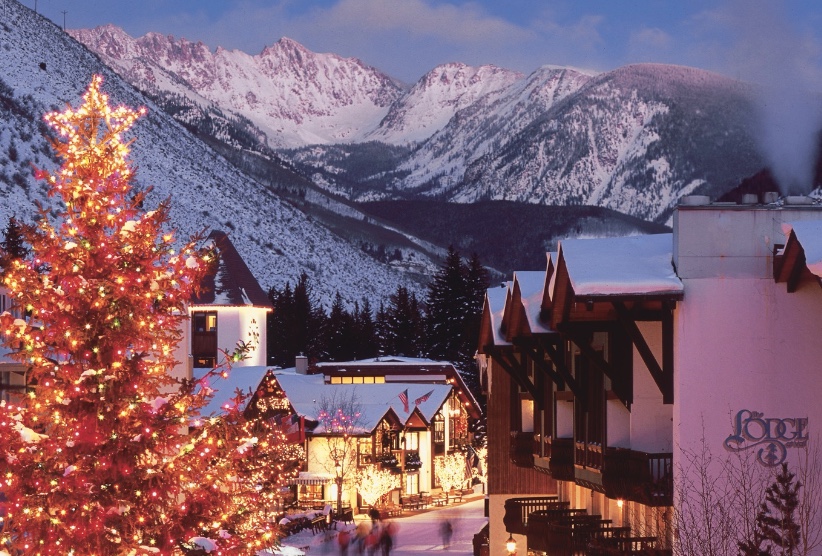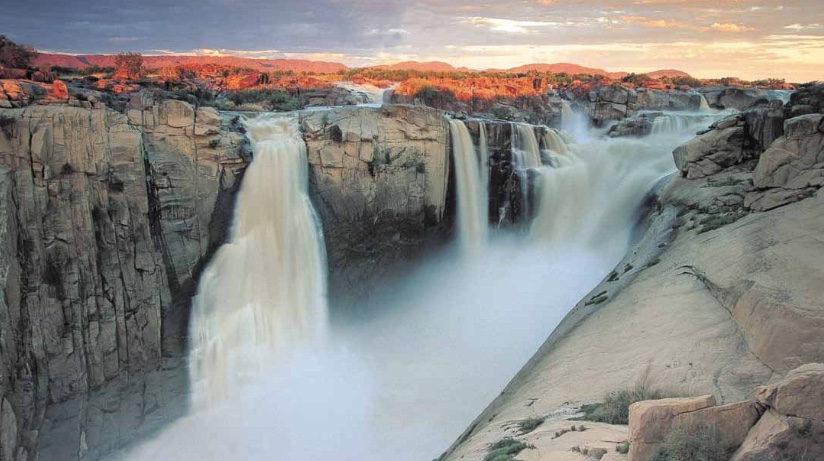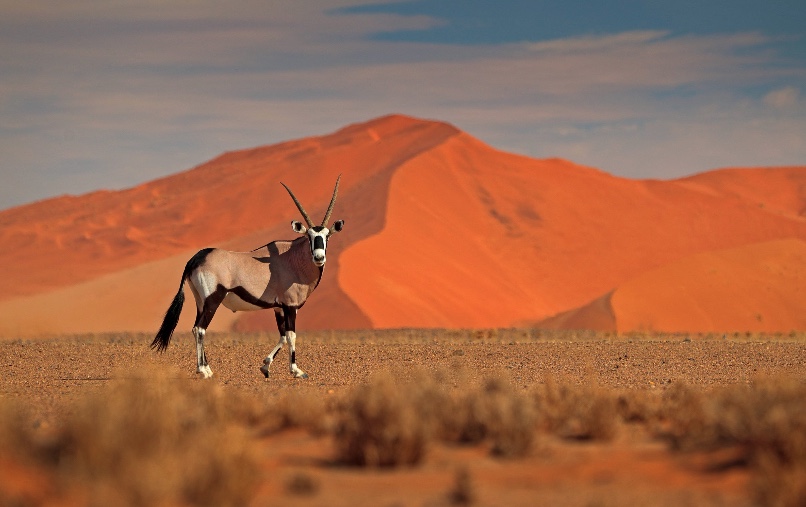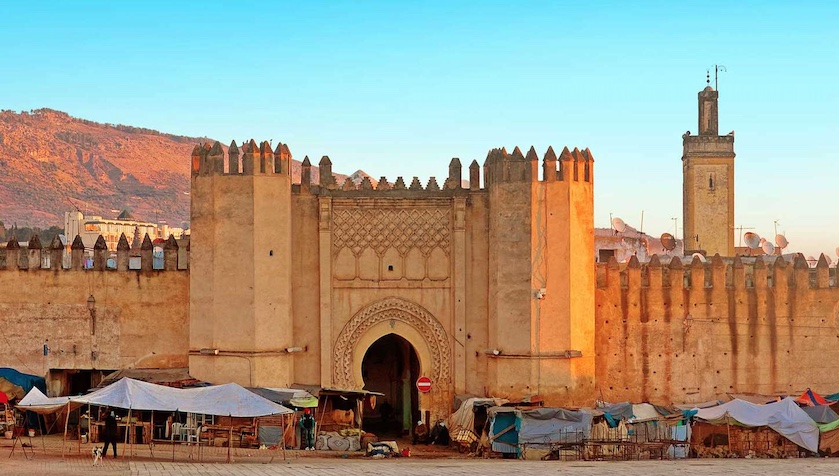Get your Glamp on
You may be wondering what is glamping and how does it differ from camping? Glamping is essentially glamorous camping, which means it combines the allure of being in nature with the luxury of a curated experience. This means that there is no necessity to bring your own tent, sleeping bag or camping supplies because everything is thought of and carefully selected by the facility owners. That is an enormous plus right there.
Time spent in nature is time well spent. A walk in the woods, a swim in the sea or a picnic in a meadow are all activities we can enjoy while glamping and are all positive mood boosters. It is proven that going for a walk outside surrounded by natural beauty, can help clear the mind and reduce anxiety. While glamping, you become part of nature. Your senses and awareness of how the world changes throughout the day increase, as you spend a great deal of your time outside embracing the elements. We have outlined some key benefits of why an escape to the great outdoors is beneficial, not only for our mental well-being but also for our physical health.
Ever feel totally overwhelmed by the thought of work, house chores, and socialising with friends, while also promising yourself you will make time to sit and start that fascinating book waiting for you on your coffee table?
Glamping will give you the time and space to explore not only nature but allows you the emotional and mental freedom to think about what is happening in your life.
Other positive aspects of glamping include:
Reducing stress levels
The charity Mind advocates that spending time in green spaces or out in nature benefits our mental and physical wellbeing. They suggest that spending time outdoors reduces the feeling of stress and anger, helps you to feel more relaxed, and improves your confidence and self-esteem while allowing you to create connections with other like-minded people. An ever-growing, popular activity to enjoy in nature is wild swimming. There is nothing like stepping into the cold water to distract your mind from your every day worries. You have to focus on the moment, take deep breaths and really be present.
Rising with the sun
There is something so magical about being awake at dawn. The rest of the world still sleeps, and you can truly feel the natural world around you starting to come to life. Everything is quiet until the dawn chorus begins to sing. The ground feels cold until the sun slowly starts to rise. The dreamy morning glow sparkles on your soft, sleepy skin. The world, just for a moment feels so pure and peaceful, calm and quiet. It invites you to be present in the moment.
While glamping, your body becomes fully aware of your surroundings and it is recommended that you embrace this. Turn off your phone and avoid the constant need to check the time and your emails. Allow your day to flow smoothly with nature. Wake to sunrise and rest when the sun begins to fade. Sleep while the moon shines brightly and begin the cycle again once the new dawn arrives. Permit your mind, body and soul to be fully immersed in nature, to become part of the natural cycle of the day and enjoy that well-needed time away from phones and electrical devices.
A good night’s sleep
One of the key differences between glamping and camping is that when glamping you are almost assured a good night’s sleep. There are no musty sleeping bags or rocky grounds to rest your head upon, hideaways have comfortable, proper beds. However, this is not the only reason why you’ will achieve a restorative nights sleep. You are resting in nature with no noise from busy roads and no light sneaking in through the blinds from outdoor street lamps. Once your head hits the pillow there will be no unwanted interruptions to prevent you enjoying a blissful nights sleep.
Enjoyable in all seasons
Unlike camping, which is not ideal in cold weather or extreme heat, glamping is designed to be enjoyed in all seasons. Accommodations are most often built to sustain any weather conditions, and may include floor heating, space heaters or even a fireplace to keep you warm even in the cold weather.
When camping in the summer, you may experience uncomfortable heat in the early morning. However, when glamping, you are most often provided with fans or other ways to keep cool in warmer temperatures.
THE BEST OF BOTH WORLDS
Glamping means you can have all the facilities of a traditional holiday whilst being able to participate in the outdoor activities associated with camping. For example, you can have a refrigerator and electricity whilst having an open fire to BBQ your favourite sausages or toast marshmallows. You can walk and get caught in the rain, but return to a warm cabin with welcoming dry clothes. You can step outside your cosy bedroom and look up to see nothing but the night sky. Having the facilities of conventional accommodation, as well as the authentic nature of a camping holiday is a huge selling point.
Wonderful way to Relax
Glamping is a fun and relaxing thing to do. It is a modern twist on the traditional camping experience, enabling families to recharge their batteries without stressing about packing and unpacking all the camping equipment. For couples seeking some romantic time together, glamping provides quiet surroundings, beautiful views and unlimited possibilities to reconnect. It’s hard to find a better place to spend time with people you care about. And for anyone who wishes to get inspired and bond with nature, glamping balances the mix of rural delights and hotel comforts in the wilderness – a perfect combination.
Our holiday and travel choices are constantly increasing. In the UK or abroad, as travellers, we have a multitude of options.
What is clear is that glamping is becoming increasingly popular for a variety of reasons: being closer to nature, a more sophisticated version of camping or simply a unique holiday experience.

